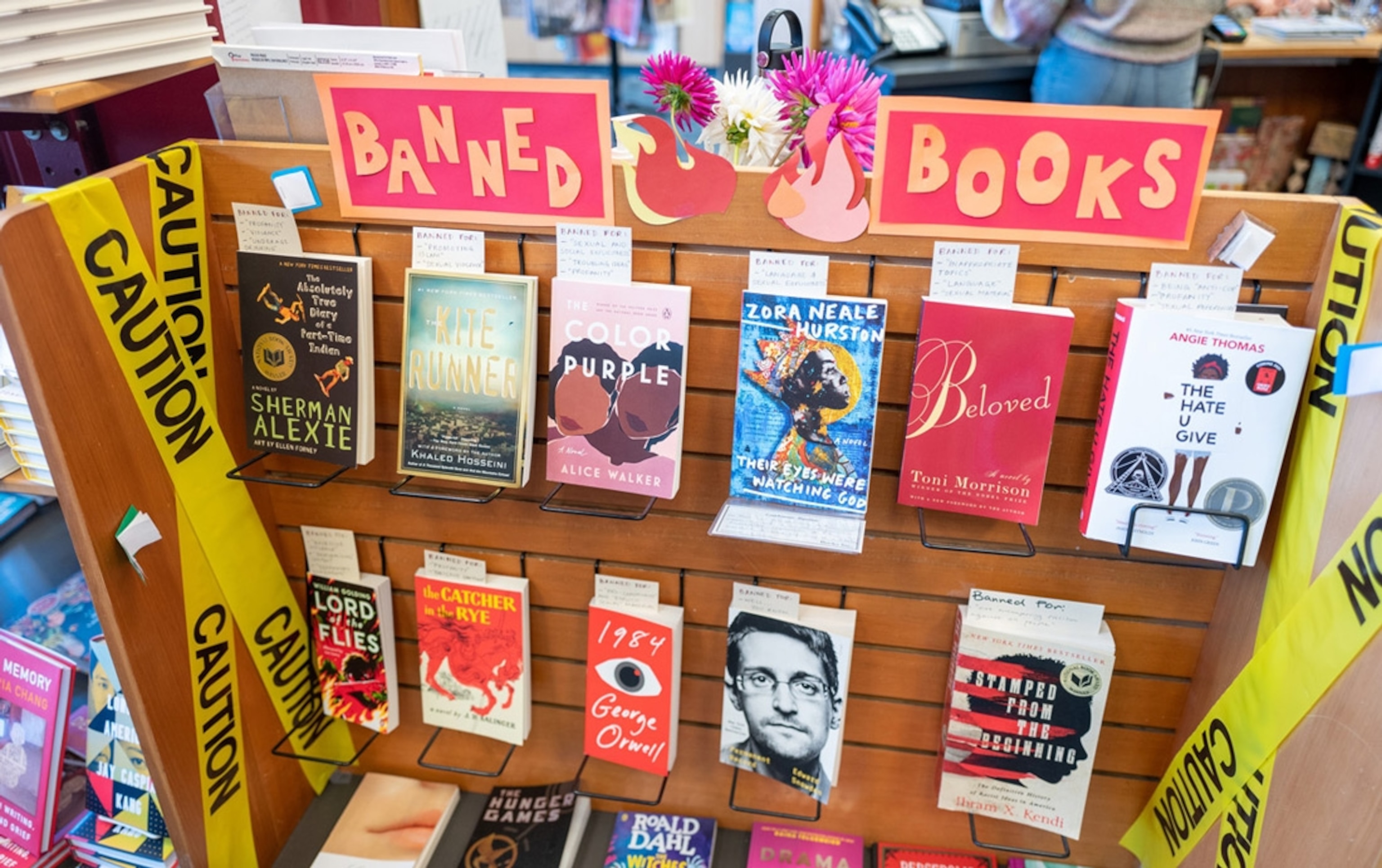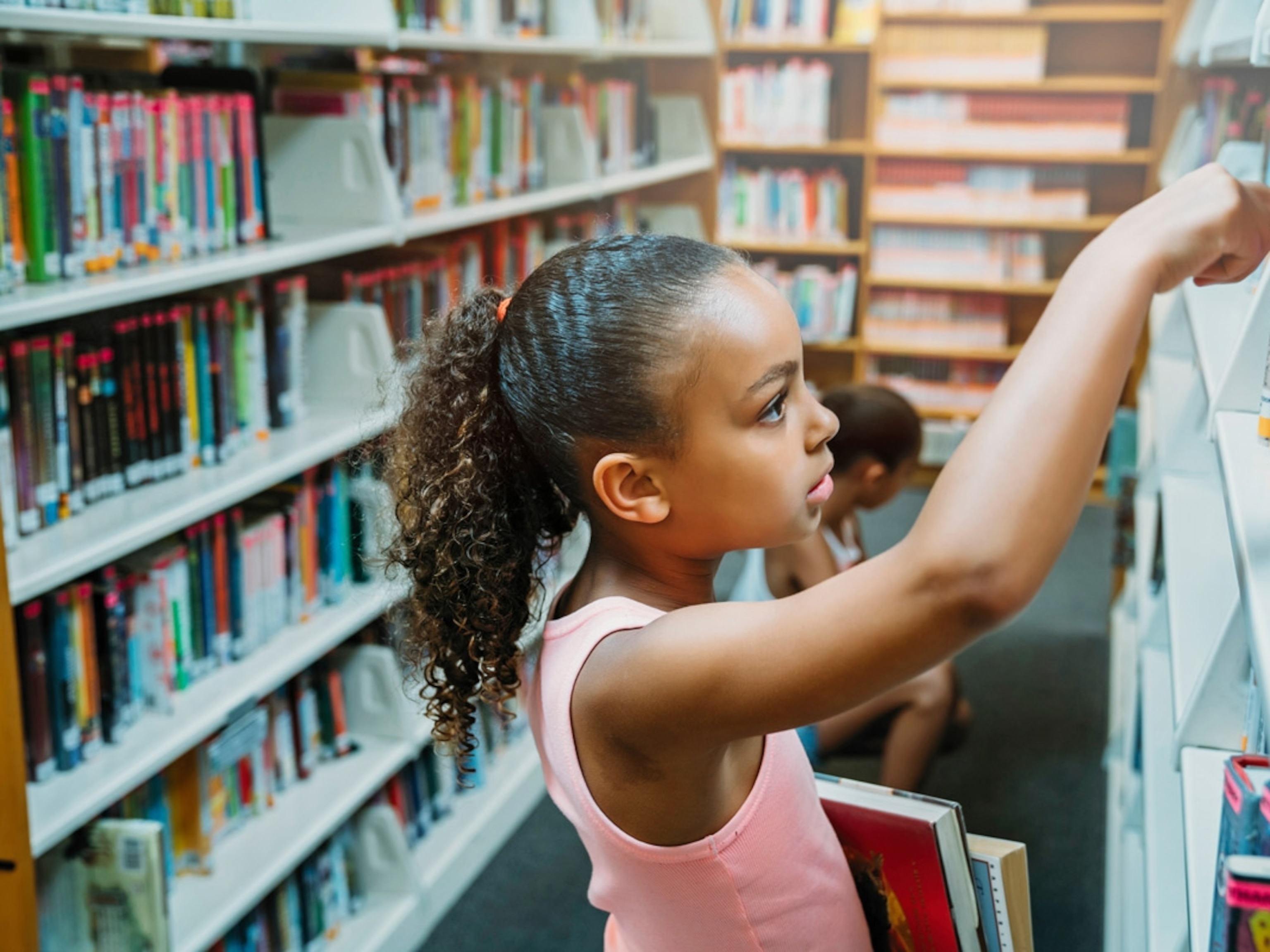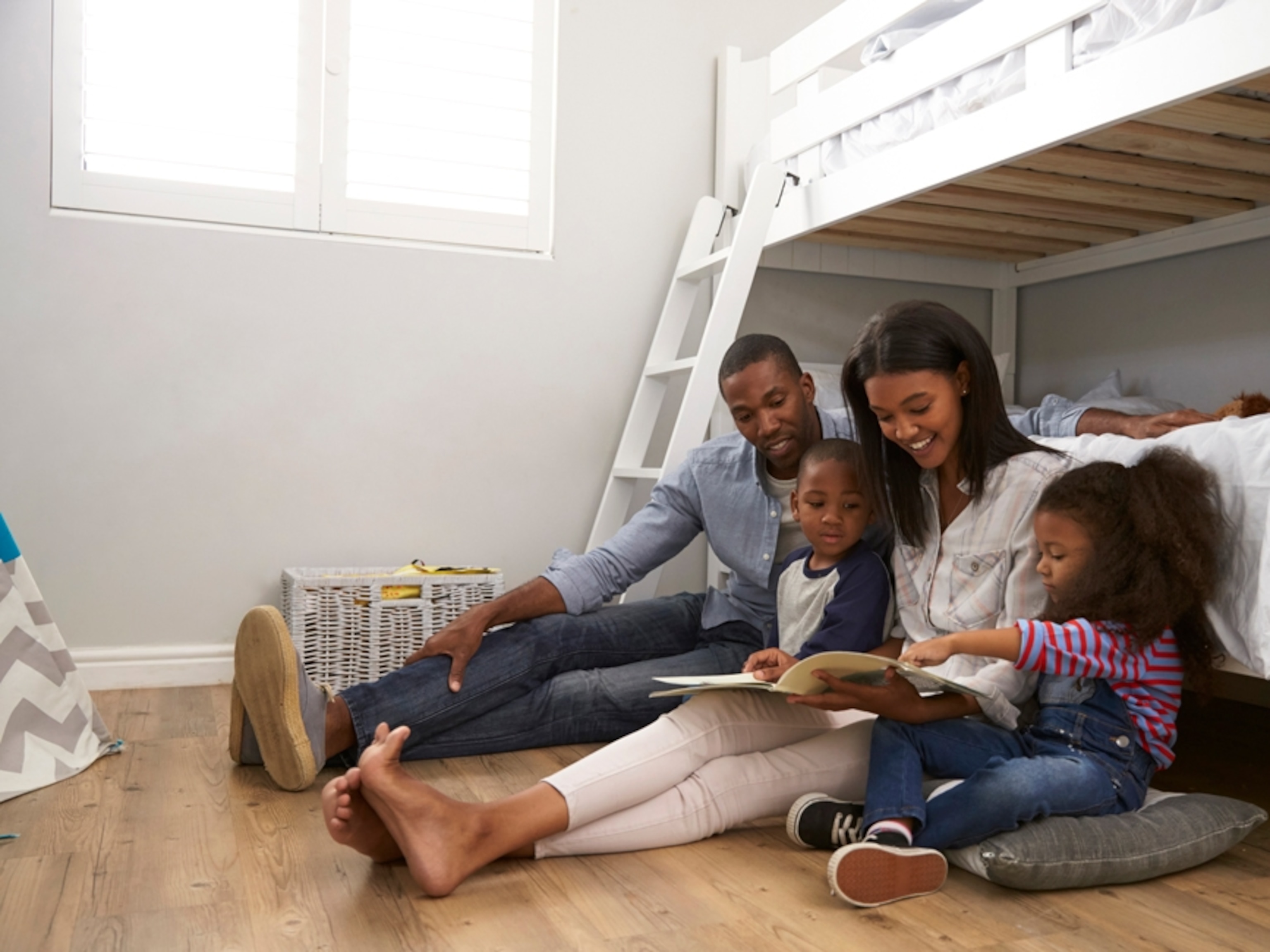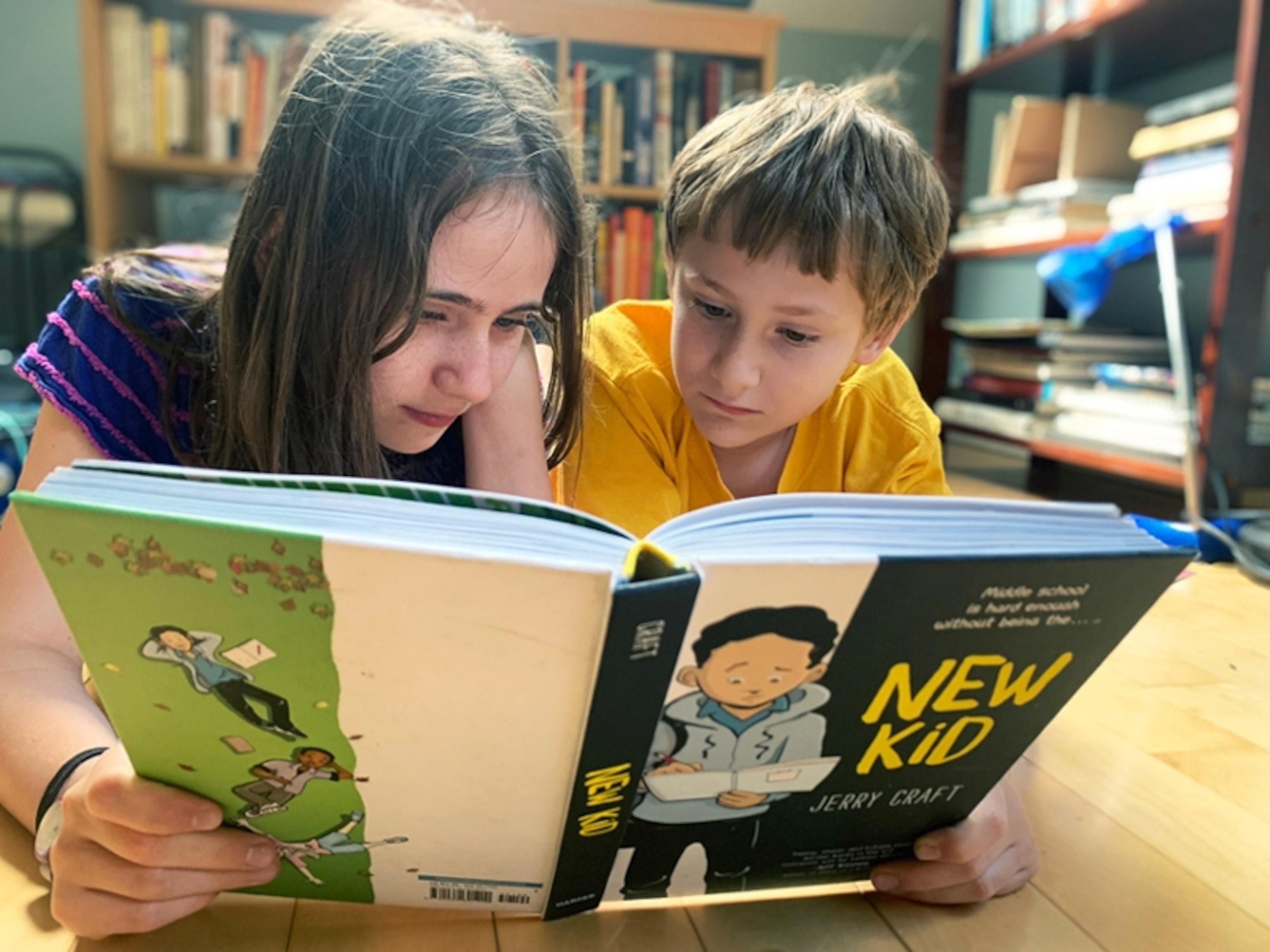
How removing books from schools affects kids
Challenges to books like ‘Maus’ and ‘New Kid’ have more than doubled. Here’s what parents, teachers, and librarians have to say about the issue.
When award-winning author and illustrator Jerry Craft learned last October that his virtual visit to a school in Katy, Texas, was canceled and his popular book New Kid had been removed from the library’s shelves, he was shocked. A mom had complained that his humorous graphic novel—about his childhood experience as a Black student attending a mostly white school—gives students a distorted view of race.
“I couldn’t imagine what someone would find in it that was offensive,” says Craft, whose book won the Newbery Medal and a Coretta Scott King Book Award. But some 400 people had signed a petition supporting the actions. After a 10-day review from the school district, his visit was rescheduled and the book put back on the shelves.
New Kid joined a long list of books that have been removed from schools after being challenged by parents and others. In fact, according to the American Library Association, more than 330 books were challenged between September 1 and November 30, 2021—more than double the number reported in that same time frame in 2020. Recent examples include the Pulitzer Prize-winning Maus, a graphic novel about the Holocaust; and Ruby Bridges Goes to School, the true story of a six-year-old Black student who integrated a New Orleans school.
Historically, books have often been challenged because of things like sexual content and racial slurs. (Think: Flowers in the Attic and The Adventures of Huckleberry Finn.) But recent backlashes also include strong objections against books by and about people of color as well as the LGBTQ community.
These new book challenges have fueled fierce conversations about how to teach history and discrimination to children. Here’s a look at both sides of the issue—and how parents can help children understand tough topics like these.
Why some parents are challenging books in schools
Many of the recent book challenges have been led by groups such as Moms for Liberty and No Left Turn in Education. Both groups agree that they’re not trying to tell other parents what their children should read, but instead are concerned about protecting children from foul language, sexualized images, and violence from books they might read in school.
When it comes to their objections about issues like race and gender in school books, they say they’re most concerned with teaching these topics in age-appropriate ways, because some children aren’t able to handle feeling discomfort or guilt about situations for which they weren’t personally responsible.
Moms for Liberty co-founder Tiffany Justice says her group is not attempting to ban books and believes that parents should be able to choose any book for their children from bookstores or public libraries. “Our concern is the fact that they’re being found in public school libraries,” she says. “And there are some very concerning things that have been found on library shelves.”
Nancy Andersen, president of the North Carolina chapter of No Left Turn in Education, says that their challenges were not meant to attack books, but instead to support parents’ values and authority.
“It’s about, What is the purpose of these books? Are they undermining parents’ rights [to educate their children according to their values]? Are they truly educational?” says Andersen, whose group lists at least 80 books they believe promote critical race theory (Chocolate Me), sexuality (Sea Horse, The Shyest Fish in the Sea), or anti-police sentiment (Momma, Did You Hear the News?) and provides tools for parents to challenge such books. “I think there is an agenda toward getting kids to be activists, and I think there is an agenda toward disrupting family structures.”
Both Andersen and Justice say their concerns about race are being misunderstood. For example, Justice says the challenge to Ruby Bridges, which was raised by a Moms for Liberty group in Tennessee, was how the book was being taught, not the content. After learning about that story and others from a civil rights module, “there were students in the classroom who were ashamed to be white,” she says, citing one biracial child who told his parents he wanted to deny his white side.
Justice adds that children can’t truly learn about issues if a slanted view of the story is told, which is what her group believes is happening in the books it objects to.
“If you’re truly wanting a child to learn about something,” Justice says, “helping them read both sides is going to help them have a better understanding and create their own opinion.’’ She added that she wasn’t saying that there’s more than one side to the horrors of slavery or the Holocaust—only that certain books need to be taught in age-appropriate ways that don’t make children feel uncomfortable.
Why other people want these books in schools
Jennifer Cortez is cofounder of One WillCo, a Tennessee parent group that successfully fought against removing Ruby Bridges from schools. “We think first-rate education means access to books and different kinds of ideas,” she says. “The idea that children can’t process unjust things that happened in our history without thinking that somehow they’re guilty for it, it’s just absurd.”
Besides, she adds, teachers and librarians are trained to teach children about difficult subjects in age-appropriate ways, and that removing books from school libraries or curriculums only robs children of the opportunity to understand history—even when that history is upsetting.
“It may not be a pretty time in our history, but you learn from history,” says Pat Scales, author of Teaching Banned Books and a past president of the Association for Library Service to Children, a division of the American Library Association. “The importance of learning history is so that we can equip ourselves for not allowing it to happen again.”
Scales adds that failing to teach stories that give insight into the lives of people of color, Jews, LGBTQ students, and others takes away opportunities to learn about and empathize with other people. That’s exactly what 17-year-old Amanda Jennings, a senior at San Antonio’s Ronald Reagan High School, was concerned about when she spoke out against removing books at a school board meeting in December.
She argued that learning about the experiences of other people makes students more empathic and less likely to do or say harmful things to others, adding, “You’ll be able to realize where someone else is coming from.”
To those parents concerned that such discussions will make their white children feel guilt or discomfort, Emily Knox, author of Book Banning in 21st Century America, asks that they consider the point of view of children of color.
“What does it say [to those children] that adults in the community feel like your own history is too painful to be taught to their children?” she says. “It’s a history that you know was painful. But these other adults seem to think that their children shouldn’t know about it, or that it should be sanitized in some way.”
Removing these books also removes opportunities for different children to be represented. “As a young girl, I couldn’t see myself a lot of times [in books],’ says 17-year-old Edha Gupta, a senior at Central York High School in York, Pennsylvania, who formed the Panther Anti-Racist Union to nonviolently protest the removal of books. “A lot of times, I wished I was someone else.”
Jerry Craft says the very reason he wrote New Kid is that he didn’t see himself in other books when he was growing up. “I think what makes the world a better place is when we hear stories that promote empathy,” he says.
For all those reasons, Knox and other experts believe that parents shouldn’t be able to limit literature for other children. “Parents have the right to say what their children read,” she says. “They don’t have the right to decide what other children should read.”
Talking to kids about tough topics in books
Certain topics are always hard to talk about with children—regardless of a parent’s political views or values. But experts say parents can help their children navigate these hard-to-understand, sometimes uncomfortable themes that might come up after reading a book.
Jessica Wilen, assistant professor in the Child Study Center at Yale’s School of Medicine, says that when a tough topic comes up, parents can start by asking kids what they already know or think about a topic to gauge how much information—or misinformation—the child has.
“It’s also OK to admit what you don’t know,” she says, adding that it can be an opportunity for parent and child to learn together.
Parents should also do their homework on tough topics both to shore up their knowledge as well as examine their own emotions and potential biases, says Wilen, who has studied children and race relations.
“Ultimately, the more informed you are, the more comfortable you’ll be having these conversations with your kids,” she says.
The key is using age-appropriate language to talk with your children on tough topics, like race and gender identity. (This article provides advice on talking about race with children.)
Scales also recommends focusing on the lessons to be learned, not the uncomfortable experiences.
“If you look at what Ruby Bridges and the Little Rock Nine went through, yeah, it was ugly,” she says. “But look at what a stamp they made on history. And it’s the stamp on history that you want the children to get to. If you focus only on the negative, you can’t get to the positive.”
If parents are still concerned about a book their child might read in school, Scales and other educators suggest that they first read the entire book and then discuss their objections with the child’s teacher. After all, books are a great way to launch discussions.
“Books not only promote children’s cognitive development,” Wilen says, “they help foster emotional development by cultivating empathy and perspective-taking.”



